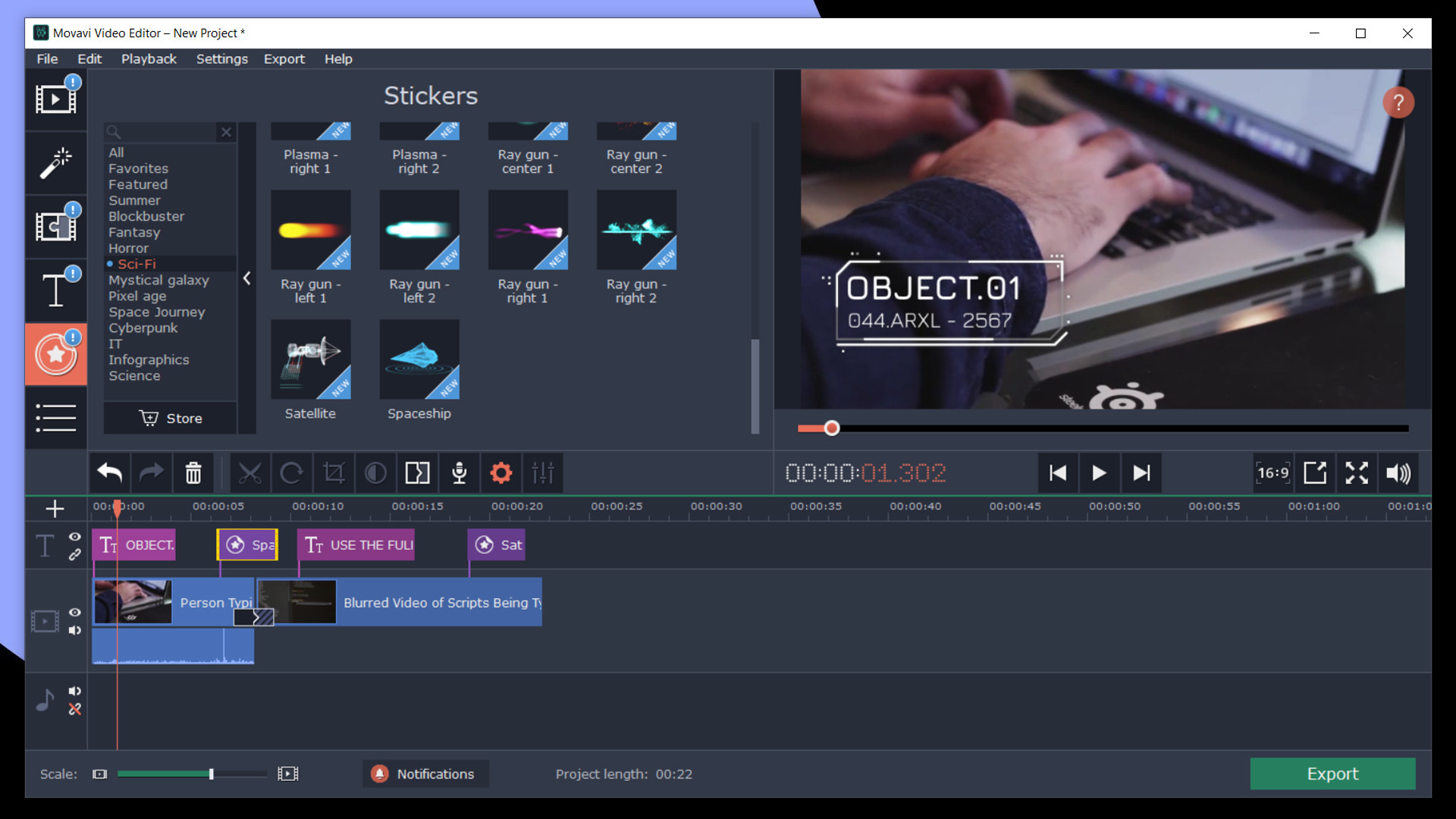
- Movavi video editor plus 2020 tutorial manual#
- Movavi video editor plus 2020 tutorial pro#
- Movavi video editor plus 2020 tutorial download#
The chroma key tool is highly effective and replaces unevenly lit green backdrops in a click of the eyedropper tool. Graphic animated text overlays are easy to add and they look fresh and contemporary (compared to the dated graphic overlays supplied by Adobe Premiere Elements). Movavi is a pleasure to use, thank to its combination of a clean workspace and rich toolset.
Movavi video editor plus 2020 tutorial pro#
The more expensive Final Cut Pro ships with fewer transitions (118.) Quality of results
Movavi video editor plus 2020 tutorial download#
Movavi has 133 transitions (plus a link to purchase and download more). This richness in assets is also found in other panels such as Transitions. As a bonus you can buy and download more filters from the Movavi Effects Store. Click an icon on the left (such as Filters) and the left half of the screen reveals a host of sub-categories that in turn give you access to dozens of filters (around 186 effect filters compared to Final Cut Pro’s collection of 169). Movavi’s clean and simple workspace soon reveals hidden depths. The lighter white text has a wash of blue too which helps differentiate it from the dull grey and white workspaces in apps such as Final Cut Pro. Movavi makes the neutral black and grey panels look a little more interesting thanks to a subtle cool hint of blue.

Most modern NLE apps have a neutral dark grey workspace so you can focus on editing without being distracted by the interface. There’s the usual bin for accessing project assets such as video and audio clips, a timeline to arrange clips in order and a viewer to display the edited content as your show takes shape. (Image credit: George Cairns)Īt first glance Movavi Video Editor’s workspace looks like many of its contemporary rivals. Once you’ve added multiple effects to a clip you can modify the layered effects using sliders. If we had to place Movavi on the NLE spectrum we’d place it closer to Final Cut Pro and Premier Pro than we would to iMovie or Adobe Premiere Elements, due to its feature packed toolset and large collection of assets. Apple Final Cut Pro costs fives times more but it only got motion tracking added to its toolset in the last year.

Unlike iMovie Movavi has object tracking, so you can make a graphic or an effect automatically follow the movement of a person in the clip (see our test video for an example). Movavi doesn’t hold you by the hand but it does give you pop ups that contain little movies which explain what particular panels do. Premiere Elements offers guided edits that take the novice step-by-step through the process of non-linear video editing. There’s also a range of audio tools such as the option to add reverb to a track as well as adjusting its EQ.Īt one end of the NLE spectrum we have entry level apps such as iMovie and Adobe Premiere Elements.
Movavi video editor plus 2020 tutorial manual#
It also has drag and drop filters and LUTs to stylise your footage in an instant, or you can make manual adjustments to colour and tone using sliders.

However, for its relatively cheap price, it packs a surprising number of extra tools and assets, including the option to composite green screen footage using chroma key, and stabilise wobbly handheld footage. Movavi has all the bells and whistles you’d expect from a non-linear video editing app, such as the ability to add titles and transitions to give your programme a slick post-production polish. Add social media style assets by plundering the Stickers collection.


 0 kommentar(er)
0 kommentar(er)
